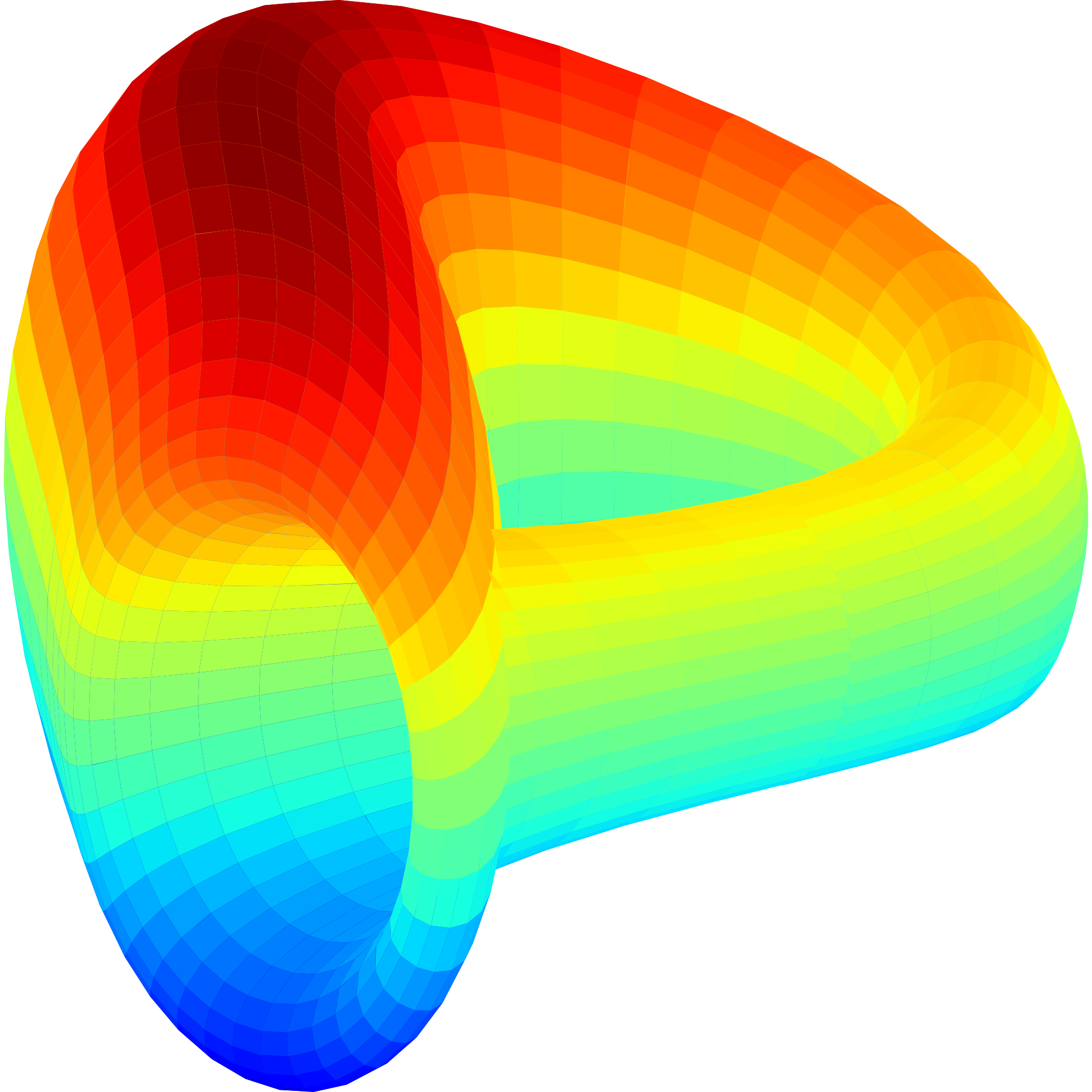What is Curve Finance?
Curve Finance is a decentralized exchange (DEX) designed specifically for stablecoins and wrapped assets. It uses an automated market maker (AMM) to provide low-slippage, high-efficiency trading and has become a cornerstone of the decentralized finance (DeFi) ecosystem.

Launched in early 2020, Curve has gained popularity due to its innovative design, low fees, and its ability to optimize yields for liquidity providers. Unlike traditional exchanges that rely on order books, Curve.fi utilizes liquidity pools, ensuring faster transactions and lower costs.
Key Features of Curve Finance
- Stablecoin Optimization: Designed to enable efficient stablecoin swaps like USDT, USDC, DAI with minimal price impact.
- Low Fees: Curve charges some of the lowest trading fees in the DeFi space — typically 0.04% per transaction.
- Liquidity Pools: Users can deposit assets into Curve pools and earn trading fees and incentives.
- Yield Farming: Curve supports liquidity mining and rewards liquidity providers with CRV tokens and other incentives.
- Cross-Platform Integration: Integrated with major DeFi protocols like Yearn Finance, Convex Finance, Aave, and more.

Curve DAO and CRV Token
CRV is the native governance token of Curve Finance, launched with the creation of Curve DAO — a decentralized autonomous organization that governs the protocol. CRV is used for:
- Governance: Voting on key protocol decisions and proposals via the Curve DAO.
- Incentives: Distributed to liquidity providers as rewards.
- Boosted Staking: Users who lock CRV tokens can receive boosted rewards through the vote-escrow model.
CRV holders can stake their tokens for up to 4 years to maximize their governance weight and boost earnings. The more CRV you lock, and the longer you lock it, the more rewards you can potentially earn.
Curve Pools & Yield Strategies
Curve offers multiple pools optimized for different purposes, such as:
- 3pool: One of the most widely used stablecoin pools, including USDT, USDC, and DAI.
- stETH Pool: Supports liquid staking derivatives like stETH.
- Factory Pools: Allows anyone to create a Curve pool with customizable parameters.
- Cross-Asset Pools: Including BTC (e.g., renBTC, wBTC) and ETH pairs.
These pools offer high yields, especially when paired with protocols like Convex Finance, which enhances the APY further by aggregating rewards and boosting CRV incentives.
Curve.fi and Ecosystem Integrations
The Curve Finance protocol is deeply integrated into the DeFi ecosystem. Popular platforms like:
- Yearn Finance: Uses Curve pools in its vaults to generate yield.
- Convex Finance: Built on top of Curve, allowing users to maximize CRV rewards.
- Aave: Uses Curve pools to facilitate stable lending/borrowing swaps.

These integrations make Curve an essential layer of DeFi infrastructure, powering some of the most advanced yield-generating strategies in the space.
Frequently Asked Questions (FAQ)
1. What is Curve Finance used for?
Curve is used to trade stablecoins and wrapped assets efficiently, offering low slippage and minimal fees. It's also used to earn yields by providing liquidity.
2. How does Curve Finance make money?
Curve generates revenue by charging a small fee on every swap. These fees are distributed to liquidity providers, and partially to the DAO treasury.
3. What is the CRV token?
CRV is the native token of Curve Finance, used for governance, liquidity mining rewards, and boosted earnings through vote-locking.
4. Is Curve Finance safe?
Curve has undergone multiple audits and is widely considered one of the most secure DeFi protocols. However, all DeFi investments carry inherent risks.
5. How can I earn from Curve?
You can earn by depositing stablecoins or other supported assets into Curve liquidity pools. Additionally, locking CRV tokens boosts rewards over time.
6. Where can I buy CRV tokens?
CRV tokens can be bought on major exchanges like Binance, Coinbase, Uniswap, and directly on Curve.fi via token swaps.